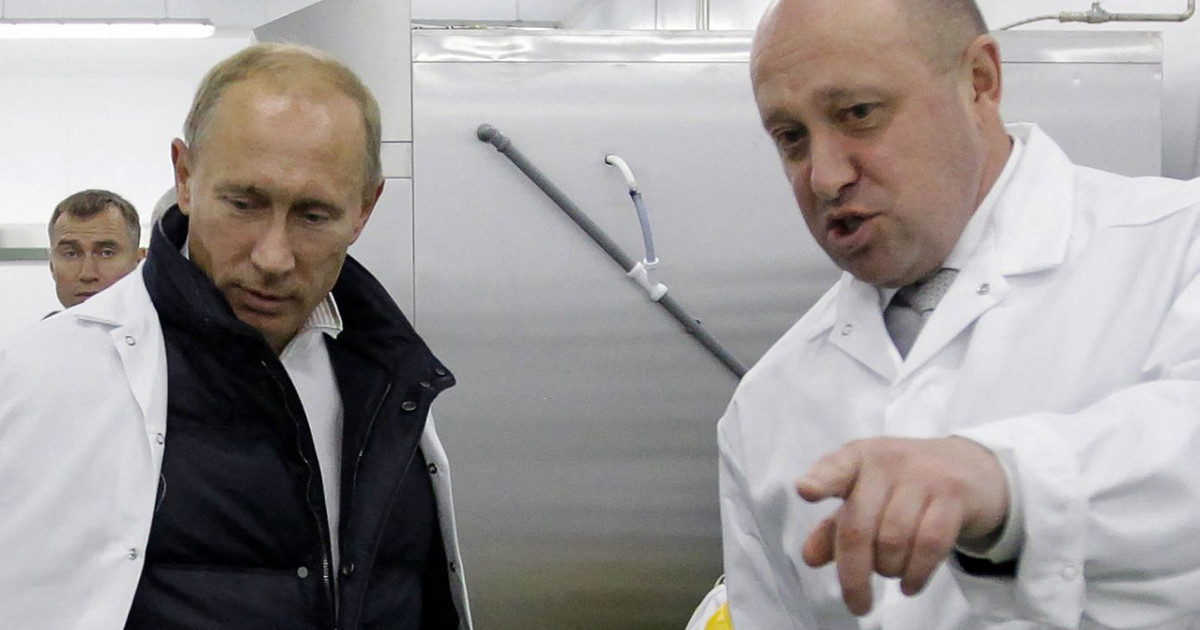Under experimental conditions, the Omicron variant of the coronavirus remains at least twice as long on surfaces such as plastic, paper and skin than the original strain of the virus that emerged in Wuhan, China. Findings from two recent studies may help explain how this variant became so contagious.
However, there is no need to obsessively clean the house, warn researchers. While Omicron can last longer on surfaces, you are probably still more likely to be infected by inhaling the virus than by touching something that has been contaminated, says Linsey Marr, an environmental engineer and aerosol scientist at Virginia Tech in the US.
“I think maybe surfaces might be a little more important than they were with the ancestral strain. I still don’t think that doesn’t mean that surfaces are critical for transmission,” said Marr, who reviewed the studies but was not involved in the research. “I’m sure aerosol inhalation is still the dominant mode of transmission,” she adds.
This greater stability probably also helps Omicron stay in the air longer. “If it is more stable in the air, it will also be more contagious in the air,” she said.
Omicron shows greater stability on surfaces
The new studies are in preprint format, meaning they were published online prior to careful review by outside experts and publication in an academic journal.
For the first study, researchers in Japan collected viruses from all major variants of concern and grew them in cells in the laboratory. They concentrated and purified these samples and then spread them on plastic squares and human cadaver skin. They kept the samples in hot air, around 77 degrees.
In plastic, the original strain from Wuhan survived for about 56 hours. Most of the other variants tested, including Alpha, Beta, Delta and Omicron, survived three times longer. Ômicron could still be detected 193 hours – eight days – after application.
On the skin, the Wuhan strain could be detected after eight hours. Other variants lasted more than twice as long, and Ômicron could still be detected after 21 hours.
For the second study, researchers in Hong Kong spread samples of the original strain of SARS-CoV-2 and the Ômicron variant on squares of stainless steel, plastic, glass and paper.
The original virus could be detected for only two days on stainless steel and plastic and for about four days on glass, but the Ômicron variant could still be detected for about seven days on these surfaces. It remained longer in tissue and printer paper as well.
“Omicron is still transmitted primarily by close contact and aerosol,” study researcher Leo Poon, a professor of public health at the University of Hong Kong, wrote in an email to CNN.
“We just want to point out that we should also be mindful of hand hygiene and disinfection of contaminated surfaces.”
Poon says that places that are frequently touched by multiple people — doorknobs, handrails and elevator buttons, for example — are good places to focus cleaning efforts.
He notes that his team studied the BA.1 strain of Omicron, and their findings do not necessarily pertain to the new BA.2.
Hand washing is essential
Detecting viruses for seven days on a surface might seem like a long time, but Linsey says the Omicron probably doesn’t stay long in real-world conditions.
“That doesn’t scare me, because the experimental conditions they used in this study are very different from real-life conditions,” she said. In a laboratory setting, the researchers spread relatively large amounts of the virus on a growth medium in the warm air of the room. In real life, viruses do not have these comfortable conditions.
Linsey says the important thing to take away from the studies is that Omicron is more resistant than the Covid-19 viruses we’ve seen before.
“That doesn’t mean you have to go around and clean up all the time,” she said. The most important things to think about are still ventilation, air filtration and, when it comes to surfaces, your hands.
“If you wash your hands, you stop the transmission of the virus from surfaces to your nose or mouth,” she said.
Other basic care helps prevent Covid-19
Source: CNN Brasil






